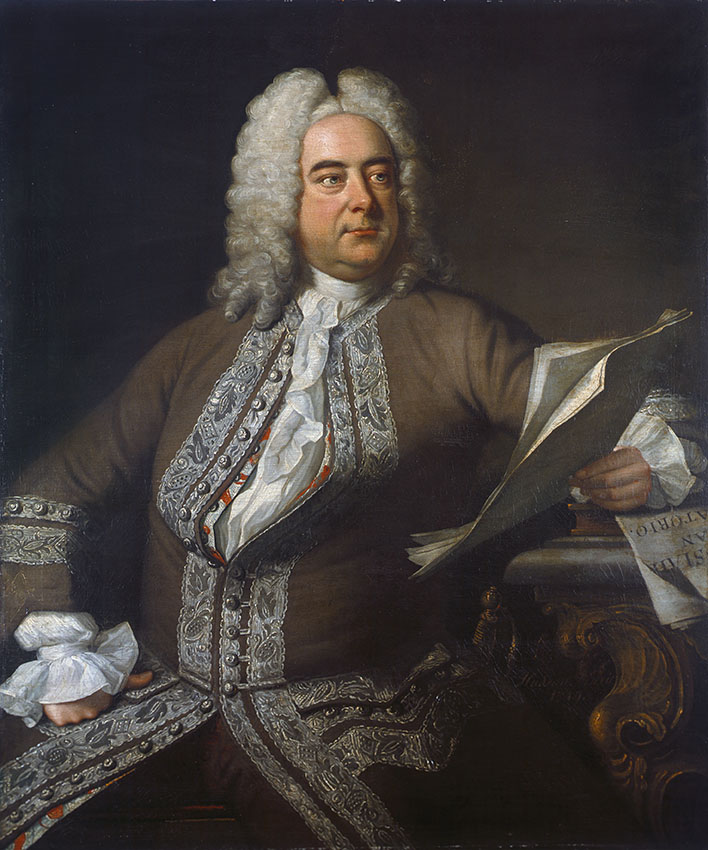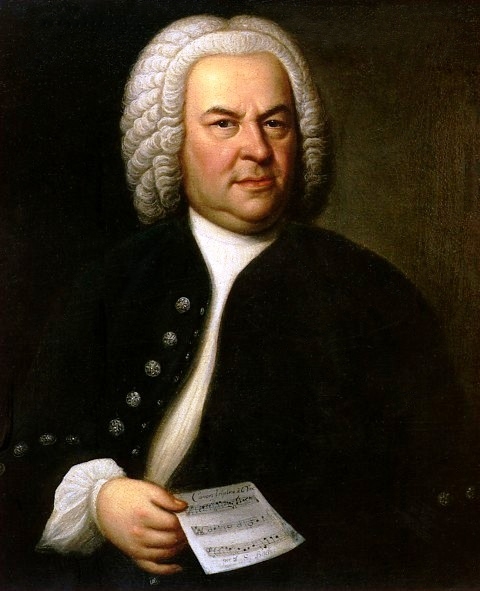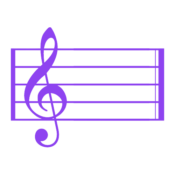Introduction
In this article I would like to introduce you in the most practical and concise way possible to the two figures that illuminated the late Baroque: I am obviously talking about J. S. Bach and G. F. Haendel. I will try to avoid giving you all that series of obvious information that you can find anywhere on the web, and to provide you with a deliberately schematic summary of the salient aspects that characterize these two fascinating figures.
Stylistic differences
From a musical point of view, the two authors have substantial differences. As much as we tend to imagine Haendel as a choral composer, he strictly speaking never made use of this compositional form. In fact, we read about J. S. Bach, The Musician Poet by Albert Schweitzer:
The fundamental difference between Bach and Handel is that, while Bach’s work is based on chorale, Handel never makes use of it. While for the latter the freedom of inspiration is everything, for the author of the Cantatas and Passions it flows directly from the choral and merges into it.
J. S. Bach: The Musician Poet – Albert Schweitzer (1952)
From this you obviously must not conclude that Haendel has never composed music that can be defined in a broad choral sense, just remember his frequent and always masterful use of the double choir. What Schweitzer wants to suggest is that in Bach the most intimate and profound works are those in which his intimate philosophical thought takes shape in choral melodies with organ accompaniment, while among handel’s greatest works we find more often used other forms, such as that of the oratorio.
G. F. Handel

Reading the date of birth of G. F. Haendel (February 23, 1685) one would think that he was a man of the seventeenth century. In reality, he immediately wanted to confront the novelties of the eighteenth century, and was throughout his life a man attentive to contemporaneity. Today we know that Bach was also a promoter of essential novelties for the European music scene, but in Handel’s biography we read an attitude that gives the idea of greater openness: although he spent, like many of his contemporaries, all his youth copying compositions in private, he soon projected himself, at the age of twenty-one, outside the German borders to land in Italy. Here he attended the court of the Medici, performed in Rome, stayed in Naples and finally, after a brief return to Florence, also in Venice. This naturally meant for Haendel to be able to have a direct exchange with the greatest musicians contemporary to him, absorbing for example the Italian cantabile style that will be decisive in the production of cantatas, oratorios, operas, forms that as we have already said will be used for his greatest masterpieces.
J. S. Bach

The same cannot be said of J. S. Bach, who spent substantially his entire life within the borders of Germany. Despite this biographical peculiarity, Bach was able to integrate into his works many of the innovations contemporary to him. He was always very careful, despite having led a quiet life as a bourgeois, to rework with originality the thematic nuclei of the European tradition. He was therefore not a composer fixed in his musical ideas, as is sometimes represented: on the contrary, he projected himself so much in the direction of his time that he rode the wave reaching the present day. Fact that can not be said of many of his contemporaries, who despite having adopted a style perfectly in line with the fashion of the time, have been substantially forgotten. This idea of a Bach far from his time we owe to the marginalization he suffered from his contemporaries. If you dig at the historiographical level, you will find very little data about his life, few accounts about his person, his character, and a lot of criticism. We owe to a source signed Scheibe, his pupil, the unjustly widespread idea that he was a composer out of time.
The Works
The great major works of the two composers protagonists of the Late Baroque can be summarized in a deliberately summary way in the table below:
| G. F. Handel | Plays (about 40), Oratorios |
| J. S. Bach | Cantatas, Passions, Concerts, Suites, Keyboard Compositions |
I leave you below some of the major works of the two German composers, which you can listen to by pressing the play button. Below you will find banners with the scores of some of these works, which you can play on the piano. If you buy the scores from the banners below, a small part of the fee will go to support this blog at no additional cost.
Conclusions
The endless production of these two authors, which counts approximately tens of thousands of pages of music, cannot be explored in the small space of this article. What we can do is explore the major styles in which these two composers have ventured: continue to follow us, because we will have the opportunity to talk about it in the next articles. See you in tomorrow’s!
- History Of The Piano – The Fortepiano - July 12, 2022
- Curt Sachs – History Of Organology At a Glance - July 8, 2022
- Giuseppe Verdi – Rigoletto, Il Trovatore, La Traviata - June 29, 2022
